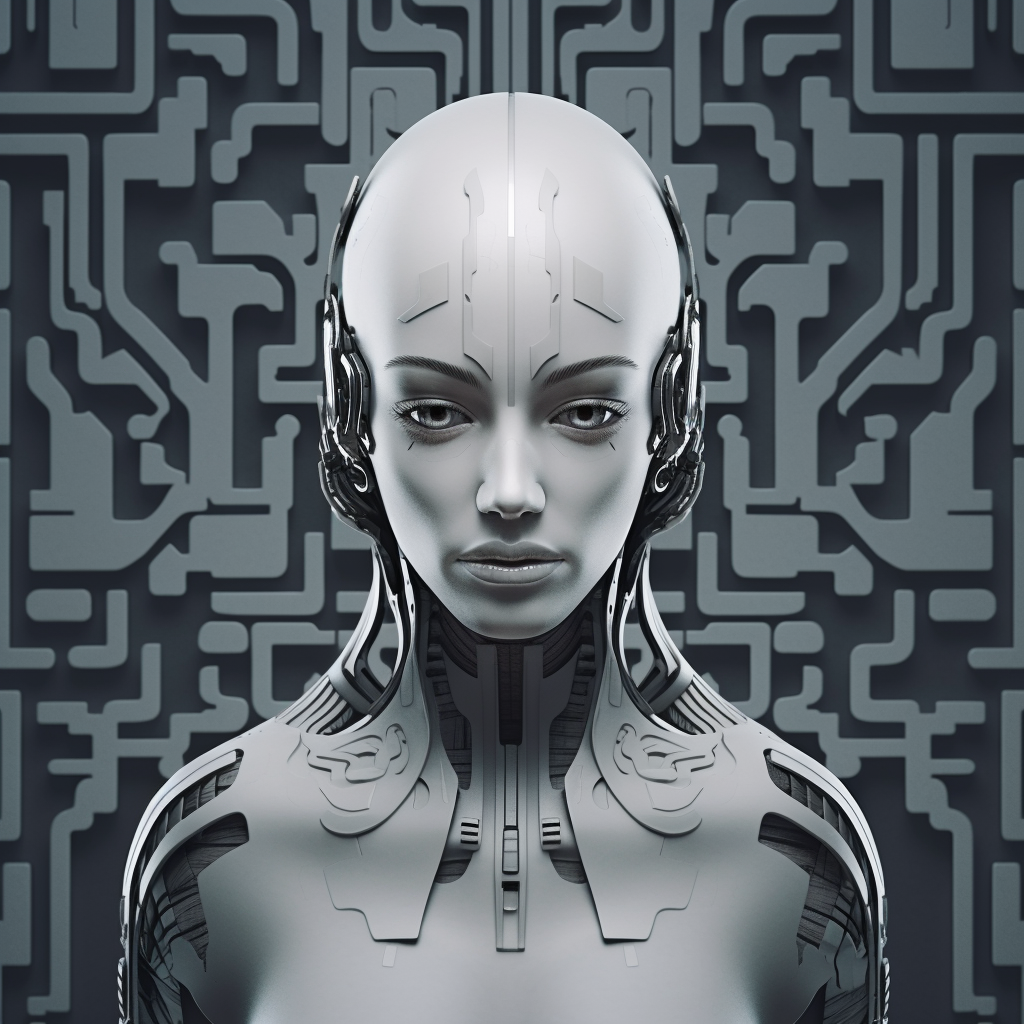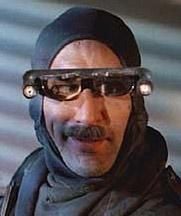A robot trained on videos of surgeries performed a lengthy phase of a gallbladder removal without human help. The robot operated for the first time on a lifelike patient, and during the operation, responded to and learned from voice commands from the team—like a novice surgeon working with a mentor.
The robot performed unflappably across trials and with the expertise of a skilled human surgeon, even during unexpected scenarios typical in real life medical emergencies.
And then you‘re lying on the table. Unfortunately, your case is a little different than the standard surgery. Good luck.
At some point in a not very distant future, you will probably be better off with the robot/AI. As it will have wider knowledge of how to handle fringe cases than a human surgeon.
We are not there yet, but maybe in 10 years or maybe 20?I doubt it. It simply would be enough, if the AI could understand and say when it reaches its limits and hand over to a human. But that is even hard for humans as Dunning & Kruger discovered.
Or the most common cases can be automated while the more nuanced surgeries will take the actual doctors.
realistic surgery
lifelike patient
I wonder how doctors could compare this simulation to a real surgery. I’m willing to bet it’s “realistic and lifelike” in the way a 4D movie is.
Biological creatures don’t follow perfect patterns you have all sorts of unexpected things happen. I was just reading an article about someone whose entire organs are mirrored from the average person.
Nothing about humans is “standard”.
I wonder how doctors could compare this simulation to a real surgery. I’m willing to bet it’s “realistic and lifelike” in the way a 4D movie is.
I think “lifelike” in this context means a dead human. The robot was originally trained on pigs.
The article mentions that previously they used pig cadavers with dyes and specially marked tissues to guide the robot. While it doesn’t specify exactly what the “lifelike patient” is, to me the article reads like they’re still using a pig cadaver just without those aids.
Right I’m sure a bunch of arm chair docs on lemme are totally more knowledgeable and have more understanding of all this and their needed procedures than actual licensed doctors.
What if I’m on the table telling the truth?
That’s a different thing indeed. In your case the AI 🤖 goes wild, will strip dance and tell poor jokes (while flirting with the ventilation machine)
without human help
…
responded to and learned from voice commands from the team
🤨🤔
You underestimate the demands on a surgeon’s body to perform surgery. This makes it much less prone to tiredness, mistakes, or even if the surgeon is physically incapable in any way of continuing life saving surgery
That’s absolutely not the point. I was criticizing the journalism, not technology. 🙄
Not fair. A robot can watch videos and perform surgery but when I do it I’m called a “monster” and “quack”.
But seriously, this robot surgeon still needs a surgeon to chaperone so what’s being gained or saved? It’s just surgery with extra steps. This has the same execution as RoboTaxis (which also have a human onboard for emergencies) and those things are rightly being called a nightmare. What separates this from that?
Human flaw. A surgeon doesnt require steady hands. So if they were in any way damaged they could still continue being a surgeon.
thank you for removing my gallbladder robot, but i had a brain tumor
so this helps with costs right? right? 🥺🤔🤨
AI and robotics are coming for the highest paid jobs first. The attack on education is much more sinister than you think. We are approaching an era where many thinking and high cost labor fields will be eliminated. This attack on education is because the plan is to replace it all with AI.
It is pretty sickening really to think of a world where your AI teacher supplied by Zombie Twitter will teach history lessons to young pupils about whether or not the Holocaust is real. I am not making this shit up.
This is no longer about wars against nations. This has become the war for the human mind and billionaires just found the cheat code.
See the part that I dont like is that this is a learning algorithm trained on videos of surgeries.
That’s such a fucking stupid idea. Thats literally so much worse than letting surgeons use robot arms to do surgeries as your primary source of data and making fine tuned adjustments based on visual data in addition to other electromagnetic readings
That’s such a fucking stupid idea.
Care to elaborate why?
From my point of view I don’t see a problem with that. Or let’s say: the potential risks highly depend on the specific setup.
Unless the videos have proper depth maps and identifiers for objects and actions they’re not going to be as effective as, say, robot arm surgery data, or vr captured movement and tracking. You’re basically adding a layer to the learning to first process the video correctly into something usable and then learn from that. Not very efficient and highly dependant on cameras and angles.
Imagine if the Tesla autopilot without lidar that crashed into things and drove on the sidewalk was actually a scalpel navigating your spleen.
Being trained on videos means it has no ability to adapt, improvise, or use knowledge during the surgery.
Edit: However, in the context of this particular robot, it does seem that additional input was given and other training was added in order for it to expand beyond what it was taught through the videos. As the study noted, the surgeries were performed with 100% accuracy. So in this case, I personally don’t have any problems.
I actually don’t think that’s the problem, the problem is that the AI only factors for visible surface level information.
AI don’t have object permanence, once something is out of sight it does not exist.
If you read how they programmed this robot, it seems that it can anticipate things like that. Also keep in mind that this is only designed to do one type of surgery.
I’m cautiously optimist.
I’d still expect human supervision, though.
Naturally as this kind of thing moves into use on actual people it will be used on the wealthiest and most connected among us in equal measure to us lowly plebs right…right?
“OMG it was supposed to take out my LEFT kidney! I’m gonna die!!!”
“Oops, the surgeon in the training video took out a Right kidney. Uhh… sorry.”
My son’s surgeon told me about the evolution of one particular cardiac procedure. Most of the “good” doctors were laying many stitches in a tight fashion while the “lazy” doctors laid down fewer stitches a bit looser. Turns out that the patients of the “lazy” doctors had a better recovery rate so now that’s the standard procedure.
Sometimes divergent behaviors can actually lead to better behavior. An AI surgeon that is “lazy” probably wouldn’t exist and engineers would probably stamp out that behavior before it even got to the OR.
That’s just one case of professional laziness in an entire ocean of medical horror stories caused by the same.
Or more likely they weren’t actually being lazy, they knew they needed to leave room for swelling and healing. The surgeons that did tight stitches thought theirs was better because it looked better immediately after the surgery.
Surgeons are actually pretty well known for being arrogant, and claiming anyone who doesn’t do their neat and tight stitching is lazy is completely on brand for people like that.
Eliminating room for error, not to say AI is flawless but that is the goal in most cases, is a good way to never learn anything new. I don’t completely dislike this idea but I’m sure it will be driven towards cutting costs, not saving lives.
It does until it doesn’t
so theoretically they could make sex bots and train them on… so they perform ‘unflappably’!
Okay but why? No thank you.
If we go by that logic, some worker from your supermarket should be able to do surgeries
Doctors have to learns this much so they can handle most really unusual stuff, not because they have to know this for a standard surgery.











